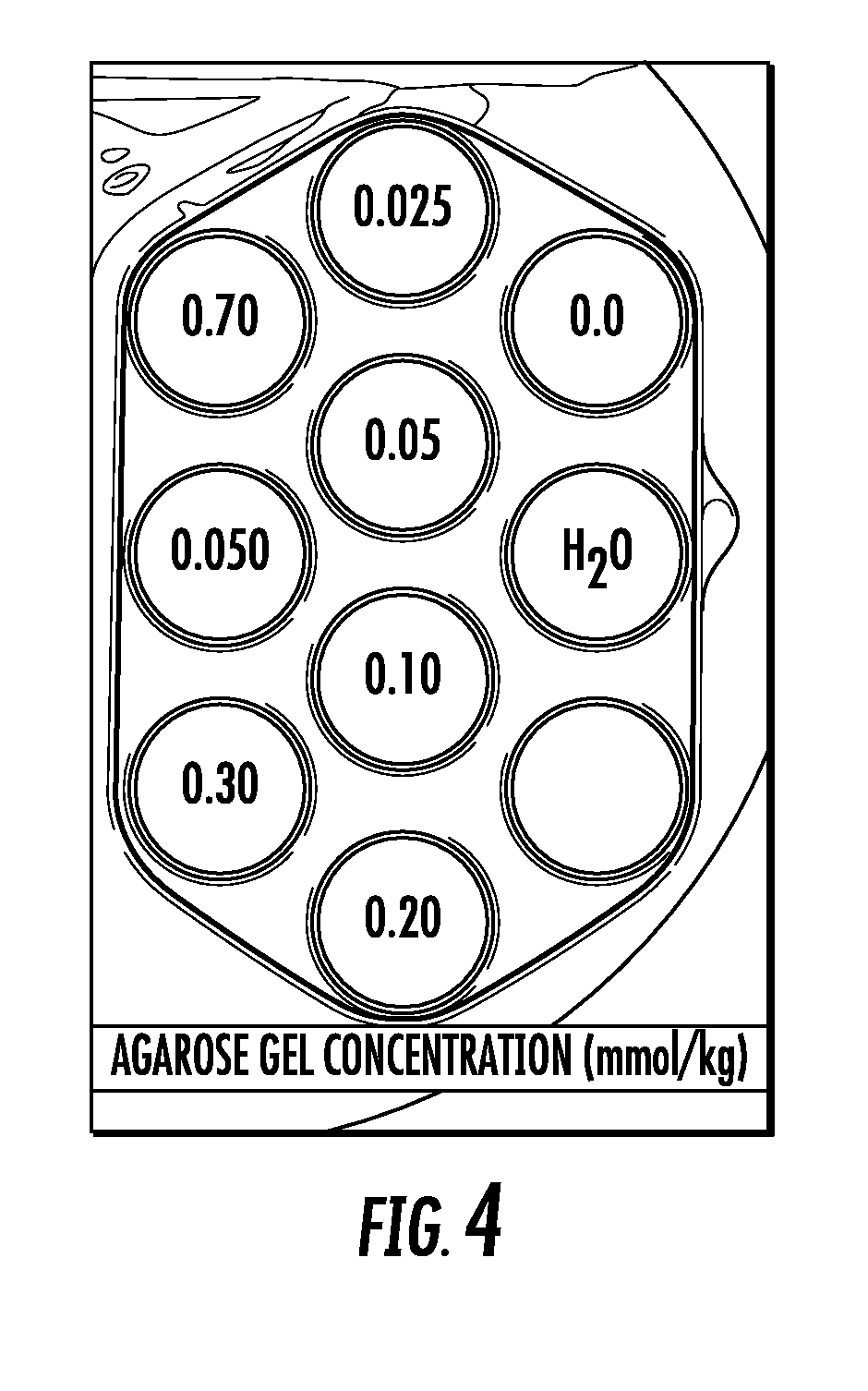Magnetic Nanoparticles for Imaging
- Summary
- Abstract
- Description
- Claims
- Application Information
AI Technical Summary
Benefits of technology
Problems solved by technology
Method used
Image
Examples
Embodiment Construction
[0033]As shown in FIGS. 1-12, the invention is directed to a contrast agent configured to readily enter and reside in a tumor within a living being, such as a human or animal, so that the tumor may be identified with thermal imaging and MRI systems. The living being may be referred to as a patient herein. The contrast agent may include active attenuated strains of bacteria that have the ability to seek and reside at tumor sites. Utilizing attenuated bacteria as a carrier overcomes the issues associated with tagging and delivering conventional contrast agents to a site of interest in a patient.
[0034]In one embodiment, the contrast agent may be formed from one or more magnetic nanoparticles, as shown in FIG. 1. In another embodiment, the magnetic nanoparticles may have a Curie temperature less than a critical temperature of tissue at which the tissue is compromised such that the contrast agent may be heated to a temperature not to exceed the Curie temperature, thereby preventing damag...
PUM
| Property | Measurement | Unit |
|---|---|---|
| Temperature | aaaaa | aaaaa |
| Width | aaaaa | aaaaa |
| Width | aaaaa | aaaaa |
Abstract
Description
Claims
Application Information
 Login to View More
Login to View More - R&D
- Intellectual Property
- Life Sciences
- Materials
- Tech Scout
- Unparalleled Data Quality
- Higher Quality Content
- 60% Fewer Hallucinations
Browse by: Latest US Patents, China's latest patents, Technical Efficacy Thesaurus, Application Domain, Technology Topic, Popular Technical Reports.
© 2025 PatSnap. All rights reserved.Legal|Privacy policy|Modern Slavery Act Transparency Statement|Sitemap|About US| Contact US: help@patsnap.com



